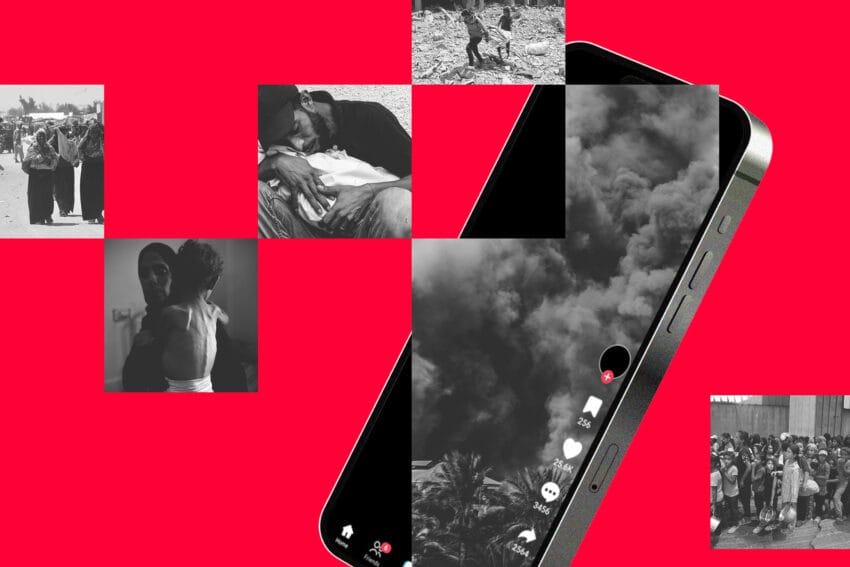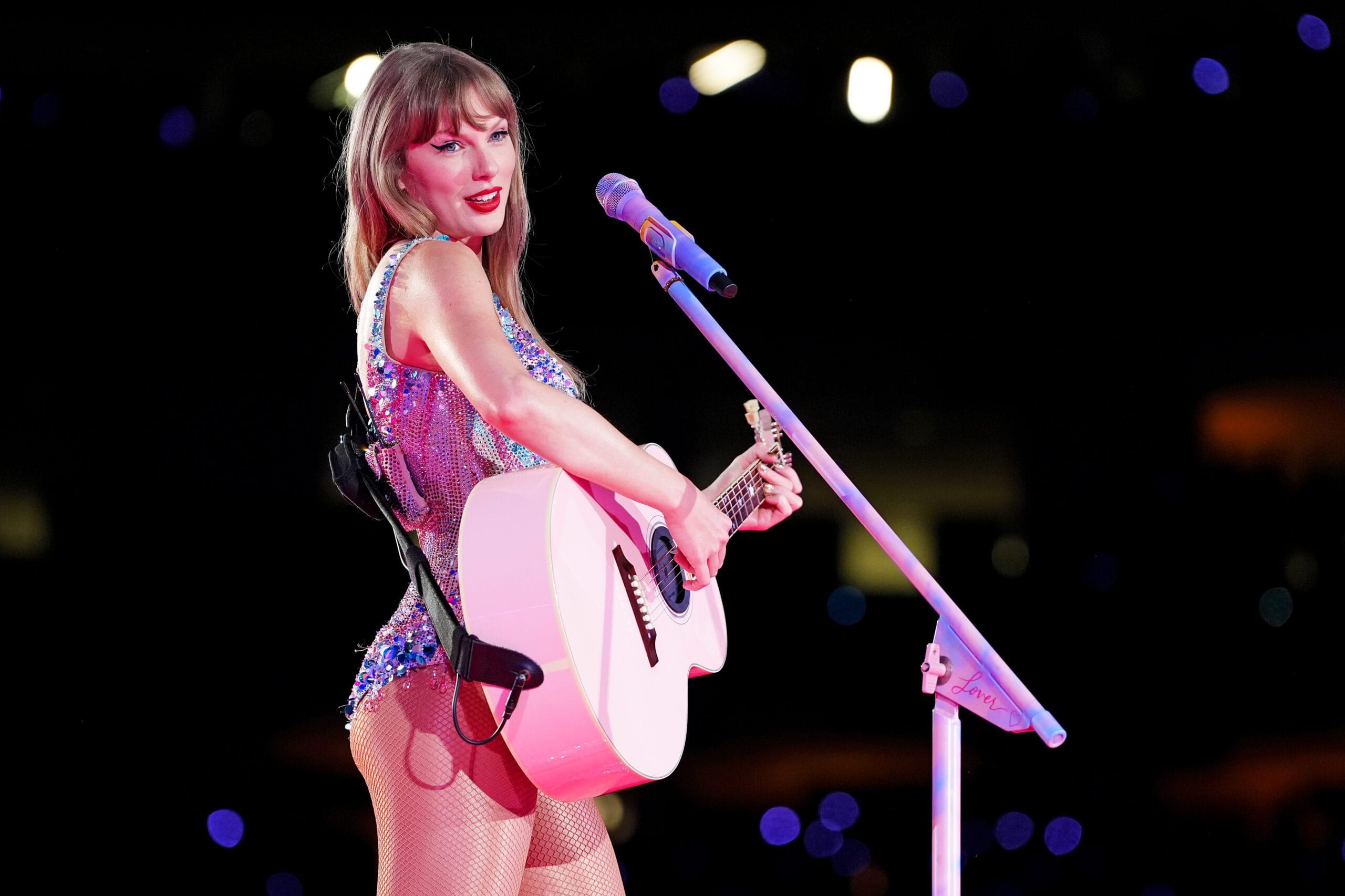
Palestine was the problem with tiktok — As the war in Gaza intensifies, disturbing images of malnourished Palestinian children have sparked widespread outrage and debate, raising questions about the role of social media platforms like TikTok in shaping public perception..
Palestine Was The Problem With Tiktok
As the war in Gaza intensifies, disturbing images of malnourished Palestinian children have sparked widespread outrage and debate, raising questions about the role of social media platforms like TikTok in shaping public perception.
The Current Crisis in Gaza
The conflict in Gaza has escalated dramatically, capturing the attention of global audiences. Over the past month, a surge of images depicting the dire conditions faced by Palestinian children has flooded various social media platforms. These images, characterized by haunting visuals of sunken faces and emaciated limbs, have prompted a significant outcry from the international community.
Historical Context of the Conflict
The situation in Gaza is not a new phenomenon. The region has been embroiled in conflict for decades, with various humanitarian crises arising as a result. The International Criminal Court (ICC) has previously addressed issues surrounding the conflict, including an arrest warrant issued in November 2024 for Israeli Prime Minister Benjamin Netanyahu. This warrant was based on allegations that Netanyahu employed starvation as a tactic of warfare, a claim that underscores the severity of the situation.
Despite these official allegations, the current wave of imagery has managed to penetrate public consciousness in a manner that formal charges have not. The stark reality depicted in these images has resonated deeply with viewers, prompting discussions about the ethics of warfare and the human cost of conflict.
The Role of Social Media
Social media platforms have become instrumental in disseminating information and images related to the conflict. TikTok, in particular, has emerged as a prominent platform where these images have gained traction. The app’s algorithm is designed to promote content that engages users, and the emotional weight of the images has led to widespread sharing and discussions.
The Impact of Viral Content
As images of malnourished children circulated on TikTok, they sparked a global conversation about the humanitarian crisis in Gaza. Users from various backgrounds began to share their thoughts, often expressing outrage and solidarity with the Palestinian people. The virality of such content has the potential to influence public opinion and raise awareness about the ongoing crisis.
- Emotional Engagement: The visceral nature of the images has led to heightened emotional engagement from viewers, prompting many to take action, whether through advocacy, donations, or social media campaigns.
- Global Awareness: The reach of TikTok allows for a diverse audience to be exposed to the realities of the situation, transcending geographical boundaries.
- Influencing Policy: Public outcry generated on social media can put pressure on governments and organizations to respond to humanitarian crises.
The Challenges of Moderation
While TikTok serves as a platform for raising awareness, it also faces challenges related to content moderation. The app must navigate the delicate balance between allowing freedom of expression and preventing the spread of potentially harmful or graphic content.
Content Policies and Regulations
TikTok, like other social media platforms, has established guidelines to govern the type of content that can be shared. However, the rapid dissemination of images related to the Gaza conflict has raised questions about the effectiveness of these policies. Critics argue that the platform must do more to ensure that graphic content does not contribute to desensitization or exploitation of suffering.
In response to the influx of sensitive content, TikTok has implemented measures to flag and review posts that depict violence or graphic imagery. However, the sheer volume of uploads can complicate these efforts, leading to calls for more robust moderation practices.
Public Reaction and Advocacy
The images shared on TikTok have galvanized a diverse array of responses from the public, including calls for advocacy and humanitarian aid. Activists and organizations have leveraged social media to mobilize support and raise funds for relief efforts in Gaza.
Grassroots Movements and Fundraising
Numerous grassroots movements have emerged in response to the crisis, utilizing TikTok and other platforms to spread awareness and solicit donations. These initiatives often highlight the immediate needs of affected populations, aiming to provide food, medical supplies, and shelter.
- Campaigns for Aid: Many campaigns have focused on providing direct aid to families affected by the conflict, emphasizing the urgent need for humanitarian support.
- Educational Initiatives: Some organizations have used TikTok to educate viewers about the historical context of the conflict, aiming to foster a deeper understanding of the issues at hand.
- Solidarity Movements: Users have organized virtual events and campaigns to show solidarity with the Palestinian people, amplifying their voices in the global discourse.
The Implications for Future Conflicts
The current situation in Gaza and the role of TikTok in disseminating images of suffering raise important questions about the future of social media and its impact on global conflicts. As platforms continue to evolve, their influence on public perception and advocacy will likely grow.
Shaping Public Discourse
Social media has the power to shape public discourse in unprecedented ways. The immediacy of platforms like TikTok allows for real-time sharing of information, which can mobilize support and raise awareness quickly. However, this also comes with the responsibility of ensuring that content is accurate and does not contribute to misinformation.
As the war in Gaza continues, it remains to be seen how social media platforms will adapt to the challenges posed by conflict-related content. The balance between freedom of expression and responsible moderation will be a critical aspect of this ongoing discourse.
Conclusion
The situation in Gaza serves as a stark reminder of the human cost of conflict and the role that social media plays in shaping public perception. As disturbing images of malnourished children circulate on platforms like TikTok, they have sparked outrage and advocacy on a global scale. The challenge for social media companies lies in navigating the complexities of content moderation while fostering an environment that encourages awareness and action.
As the international community grapples with the implications of these images, it is essential to recognize the power of social media in amplifying voices and raising awareness about humanitarian crises. The ongoing discourse surrounding the Gaza conflict will undoubtedly continue to evolve, influenced by the dynamics of social media and the collective response of users around the world.
Source: Original reporting
Further reading: related insights.
Was this helpful?
Last Modified: August 19, 2025 at 9:50 pm
0 views















